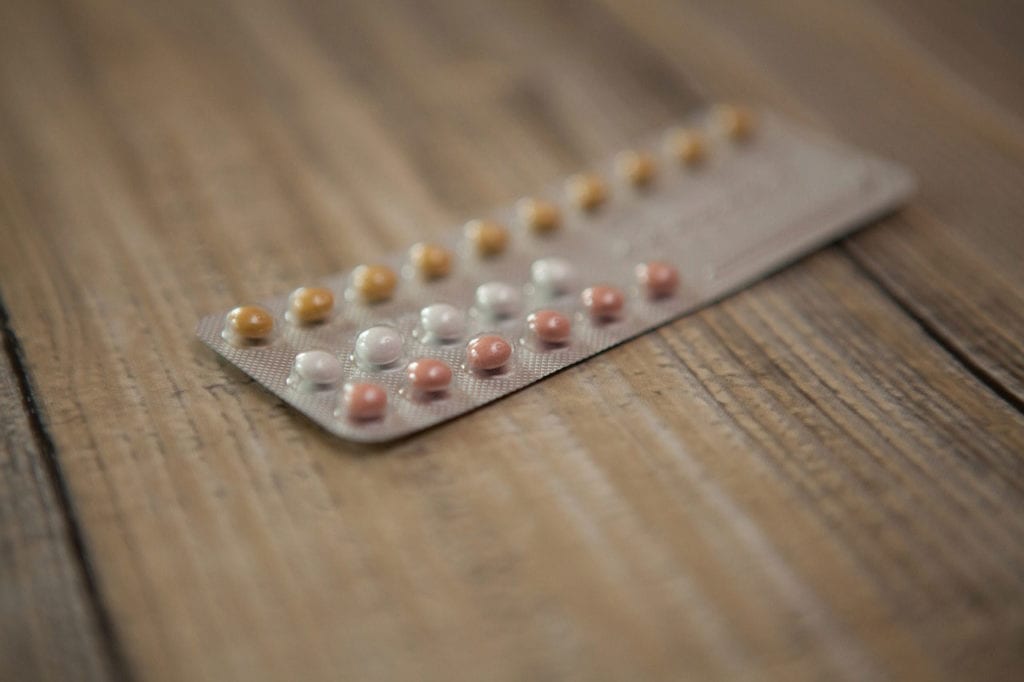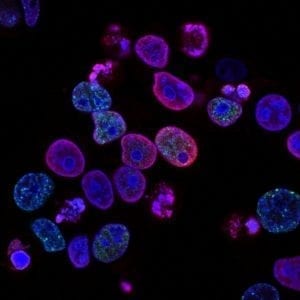Rare Pediatric Disease designation (RPDD) is granted by the U.S. Food and Drug Administration (FDA) to drugs or biologics in development for rare pediatric diseases. In the United States, “rare” diseases are defined as those affecting fewer than 200,000 citizens. If the drug is approved, the drug sponsor/developer becomes eligible for a Priority Review voucher. According to Pharmacy Times, the FDA recently granted Rare Pediatric Disease designation to OR-449 for adrenocortical carcinoma.
Although it received RPDD, the therapy is in development for adults and children living with adrenocortical carcinoma. Orphagen is the drug’s developer. OR-449 is a potent and selective SF-1 antagonist. SF-1 plays a role in adrenal gland growth and development. However, unchecked, it could lead to continued tumor growth. Increased SF-1 levels have also been shown, in prior studies, to signify potential poor patient outcomes.
Orphagen hopes that OR-449 could overcome barriers and poor responses to current treatment options within this patient population.
What is Adrenocortical Carcinoma?
Adrenocortical carcinoma is a rare and highly malignant cancer which manifests in the adrenal glands. Normally, the adrenal glands play a role in hormone regulation. When a tumor forms on the adrenal gland, excess cortisol, aldosterone, estrogen, and testosterone production can cause numerous health issues. Symptoms may vary depending on which hormone is overproduced. Potential symptoms can include:
- An abdominal lump
- Abdominal and back pain
- Feeling of fullness
- High blood pressure and high blood sugar
- Muscle weakness
- Unintentional weight gain
- A round, full face
- Balding (in females)
- Frequent urination
- Muscle weakness
- Increased thirst
- Irregular menstruation and/or vaginal bleeding
- Lowered sex drive
- Deepening voice
- Swollen sex organs
- A lump of fat on the back of the neck
Current treatment options include radiation, chemotherapy, and surgery. Unfortunately, adrenocortical carcinoma comes with a poor prognosis; five-year survival rates vacillate between 10-20%.








